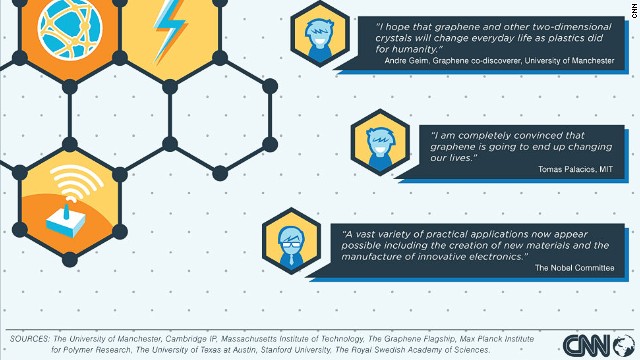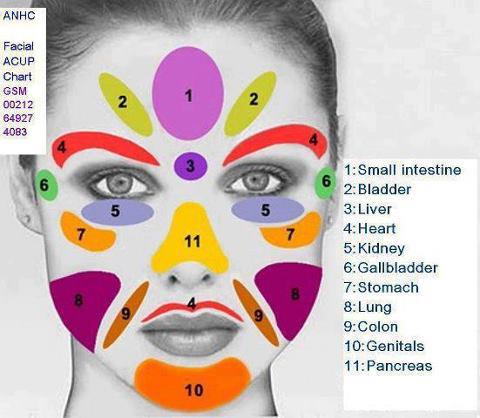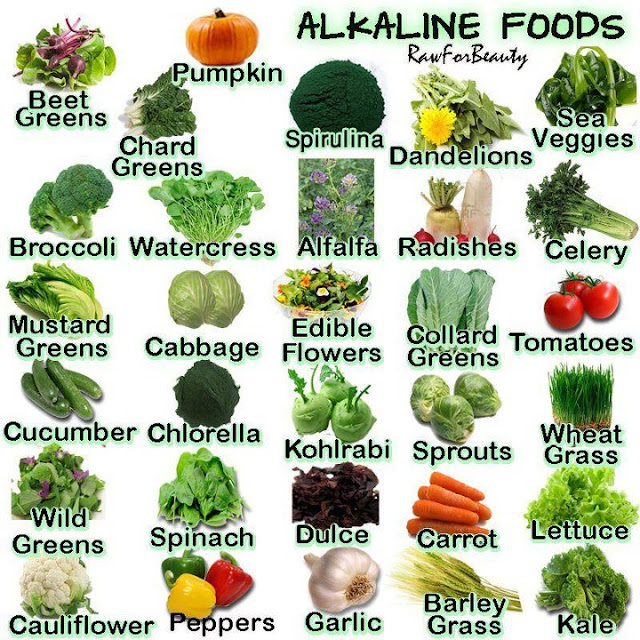Brainwave Chart
Acupressure Points
Acupressure is an ancient art of healing that originated from Asia some 5,000 years ago. It uses the same principles as Acupuncture, but minus the needles. Ancient therapies were primary based on preventative health care. Acupressure is a way of self-treatment or Do-It-Yourself (DIY) therapy. Acupressure Fitness (AcuFit) Mats have transformed the art of Acupressure therapy from being a therapist given massage to a DIY at your own convenience.
This page shows how Acupressure utilizes Acupressure Points on the body, and what points correspond to what organs/diseases. We focus on the Acupressure points on the foot because Acufit Foot Mats leverage the acupressure points (also known as acupoints, trigger points, reflecting zones, reflexology points, pressure points) on the foot. It also guides you through how Acupressure is a great way to Relieve Tension and Live Stress Free.
Acupressure as a way of Relieve Tension and Live Stress Free
Acupressure is believed to be a great way to relive stress, tension and anxiety. In today’s fast paced life, stress and tension can really take a toll on your body. Acupressure can help overcome stress and anxiety by using certain acupressure points on the wrist and the foot. Rather than having to remember and master these points, Acufit Foot Mats will put the right amount of pressure throughout your feet as you move your legs up and down on the mat (in a walking motion). There are UPS and DOWNS in everyone’s life. We want you to LIVE STRESS FREE!
Below you will find commonly used acupressure points located on the legs and feet. Acupressure points on the legs and feet are used for a very wide range of conditions including digestive problems, stress and anxiety, insomnia, hot flashes, headaches, PMS, and more.
Hand Acupressure Points
Foot Acupressure Points
Link for enlarged pic
http://i240.photobucket.com/albums/ff142/mrinalkp/feet%20points%20devendra_zpsc9fb82c3.jpg
Hand Acupressure Points
Link for enlarged pic
http://i240.photobucket.com/albums/ff142/mrinalkp/hand%20points%20devendra_zps1493ea1d.jpg
Hand Pressure points
Link for enlarged image
http://i240.photobucket.com/albums/ff142/mrinalkp/handchart_zpsd307ec66.jpg
Sujok Acupressure Points
Link for enlarged image
http://i240.photobucket.com/albums/ff142/mrinalkp/sujok%201_zpsd175eaf6.jpg
Foot Acupressure Points (below)
Rainbow Coded Hand Reflexology Chart (above)
Enlarged view
http://s240.photobucket.com/albums/ff142/mrinalkp/?action=view¤t=hand%20reflexology_zpsee6475f1.jpg
Acupressure Foot Image
Enlarged image link
http://s240.photobucket.com/albums/ff142/mrinalkp/?action=view¤t=Acupressure-Foot-Image1_zps9076db4f.jpg
Back and Neck Pain Acupressure Points
Hand Acupressure Points
12 Ways to Stay Healthy
Health Banner
Read the Booklet -- Acupressure Reflex Points
Link
http://www.divshare.com/download/19591989-003
Also know about mudras
link
http://mrinalkantipal.blogspot.in/2012/08/mudras-for-healthy-living.html
Acupressure Points
Acupressure is an ancient art of healing that originated from Asia some 5,000 years ago. It uses the same principles as Acupuncture, but minus the needles. Ancient therapies were primary based on preventative health care. Acupressure is a way of self-treatment or Do-It-Yourself (DIY) therapy. Acupressure Fitness (AcuFit) Mats have transformed the art of Acupressure therapy from being a therapist given massage to a DIY at your own convenience.
This page shows how Acupressure utilizes Acupressure Points on the body, and what points correspond to what organs/diseases. We focus on the Acupressure points on the foot because Acufit Foot Mats leverage the acupressure points (also known as acupoints, trigger points, reflecting zones, reflexology points, pressure points) on the foot. It also guides you through how Acupressure is a great way to Relieve Tension and Live Stress Free.
Acupressure Points
Acupressure is based on the principles that all organs of the body are connected to certain points on the hands and feet. Most Acupressure institutes teach how to apply the right amount of pressure on specific points on the hands and feet. It is believed that applying pressure on these points for a certain amount of time helps stimulate the energy flow to different parts of the body. Acupressure stems from times when medicine was mostly preventative. Acupressure has a close cousin, Acupuncture, that originates from the same basic principles but uses needles instead of fingers and thumb to apply pressure. Acufit Foot Mats have brought Acupressure to the next level by providing a mat that you can step on to apply pressure on the acupressure points on your feet. Since the foot is not flat, the Acupressure Fitness (AcuFit) Foot Mats have a pyramid in the center to ensure the right amount of pressure in the middle of the foot.Acupressure as a way of Relieve Tension and Live Stress Free
Acupressure is believed to be a great way to relive stress, tension and anxiety. In today’s fast paced life, stress and tension can really take a toll on your body. Acupressure can help overcome stress and anxiety by using certain acupressure points on the wrist and the foot. Rather than having to remember and master these points, Acufit Foot Mats will put the right amount of pressure throughout your feet as you move your legs up and down on the mat (in a walking motion). There are UPS and DOWNS in everyone’s life. We want you to LIVE STRESS FREE!
Below you will find commonly used acupressure points located on the legs and feet. Acupressure points on the legs and feet are used for a very wide range of conditions including digestive problems, stress and anxiety, insomnia, hot flashes, headaches, PMS, and more.
Hand Acupressure Points
Foot Acupressure Points
Link for enlarged pic
http://i240.photobucket.com/albums/ff142/mrinalkp/feet%20points%20devendra_zpsc9fb82c3.jpg
Hand Acupressure Points
Link for enlarged pic
http://i240.photobucket.com/albums/ff142/mrinalkp/hand%20points%20devendra_zps1493ea1d.jpg
Hand Pressure points
Link for enlarged image
http://i240.photobucket.com/albums/ff142/mrinalkp/handchart_zpsd307ec66.jpg
Sujok Acupressure Points
Link for enlarged image
http://i240.photobucket.com/albums/ff142/mrinalkp/sujok%201_zpsd175eaf6.jpg
Foot Acupressure Points (below)
Enlarged view
http://s240.photobucket.com/albums/ff142/mrinalkp/?action=view¤t=hand%20reflexology_zpsee6475f1.jpg
Acupressure Foot Image
Enlarged image link
http://s240.photobucket.com/albums/ff142/mrinalkp/?action=view¤t=Acupressure-Foot-Image1_zps9076db4f.jpg
Back and Neck Pain Acupressure Points
Hand Acupressure Points
12 Ways to Stay Healthy
Health Banner
Read the Booklet -- Acupressure Reflex Points
Link
http://www.divshare.com/download/19591989-003
Also know about mudras
link
http://mrinalkantipal.blogspot.in/2012/08/mudras-for-healthy-living.html
























great one!
ReplyDeleteTHERE R DIFFRENT TYPES OF WAYS TO EAT HEALTHY
ReplyDeletehttp://healthbyacupressure.com - Great app to visualize all the meridians in the palm of your hand for Android/iOS
ReplyDeleteReflexology is a non-intrusive complementary health therapy, based on the theory that different points on the feet, lower leg, hands, face or ears correspond with different areas of the body.
ReplyDeletei learned some new idea from your article....,.
ReplyDeleteExcellent sharing
ReplyDeletethanks for shearing. Acupressure devices
ReplyDeleteNew way for living healthy
ReplyDeleteThat's a wonderful and very informative post.
ReplyDeletehomeopathic doctor Pune
homeopathic doctor near me
homeopathic clinic in Pune
accupressure clinic in Dhanori
back pain treatment in Pune
Nice information
ReplyDeletevery informative post. keep posting this type of post. nice job
ReplyDeleteএন্টিবায়োটিক ঔষধ সেবন। পরামর্শ ও সতর্কতা
awesome post and informative too most basic charts are covered
ReplyDeleteThe post is very interesting. I have learned a lot here. Please do share.
ReplyDeletemassage envy san antonio
day spa in san diego
spa castle dallas
Interesting post. I have learned a lot here, pls do share more.
ReplyDeleteSpa Chennai
Body Massage In Chennai